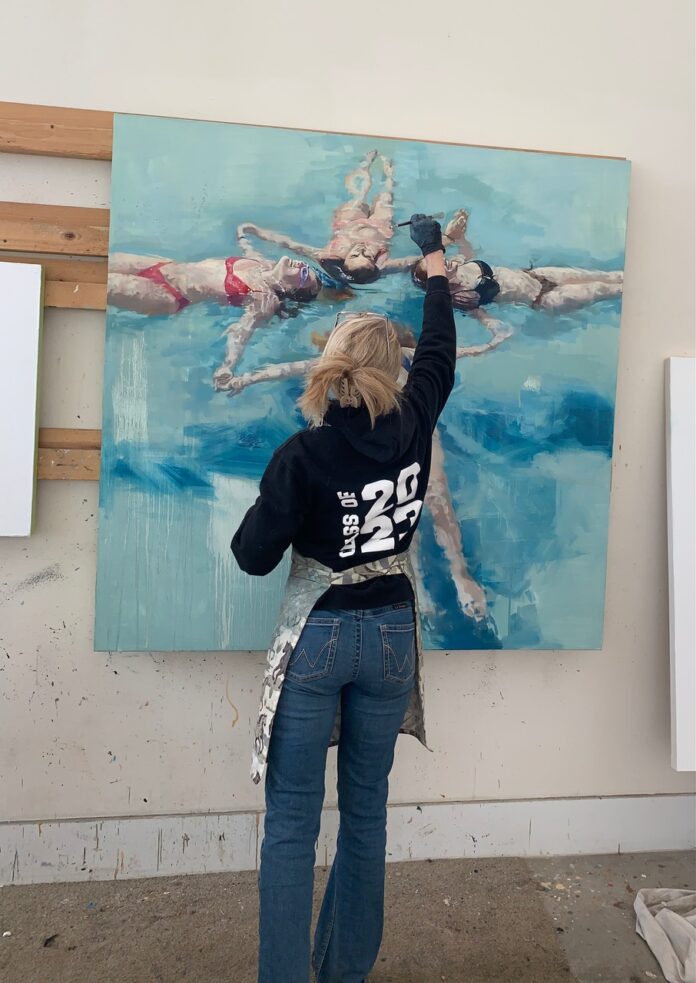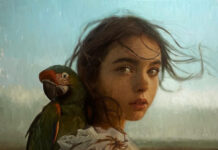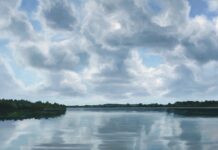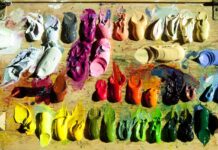Diana Tremaine shares how she created the large-scale figure painting “The Last Summer,” including how she knows when a painting is finished.
From Photo Reference to Figure Painting: “The Last Summer,” Step by Step
By Diana Tremaine
dianatremaine.com
On View: New Paintings by Lynette Cook and Diana Tremaine
Andra Norris Gallery, Burlingame, California
Through May 3, 2024
1. I start all my figurative paintings with dozens of reference photos taken by me. I direct my models to move and position themselves according to what I want the image to be about. From those photos, I choose/extrapolate whatever poses work best for both the composition and the message and put those together.
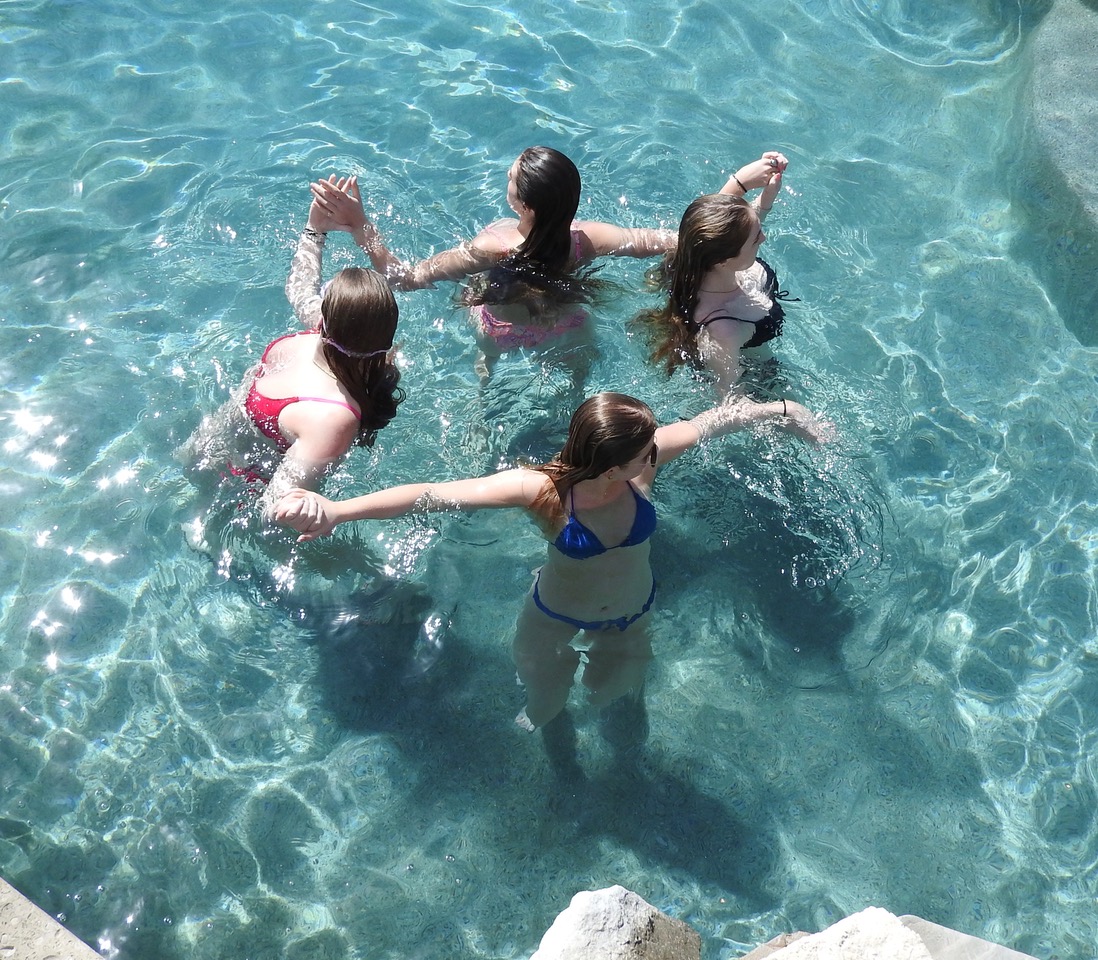
***
2. Knowing this painting would be set in water, I chose to start with a semi-transparent blue ground on top of Gamblin oil painting ground. I wanted the water extremely loose so I broke it apart intuitively with solvent, both with brush strokes and splatters.
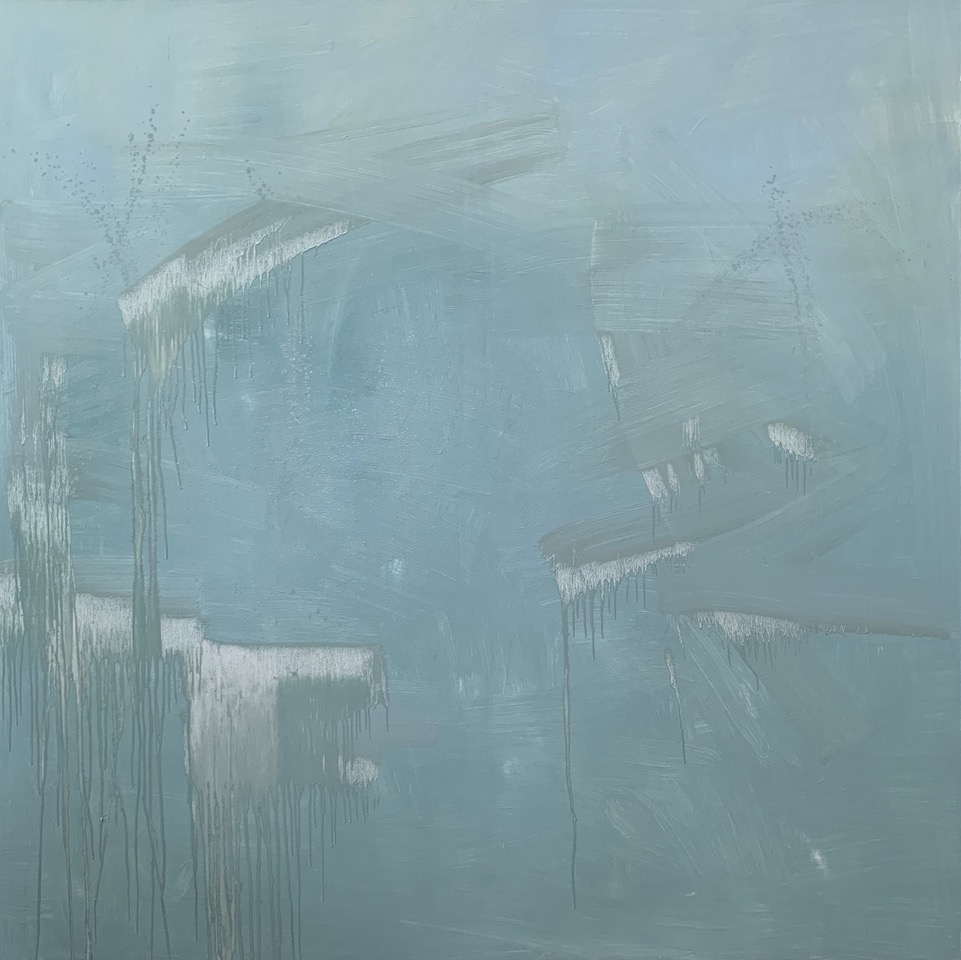
***
3. I always draw the figures with raw sienna, not getting bogged down with too much detail, and then start with the color.
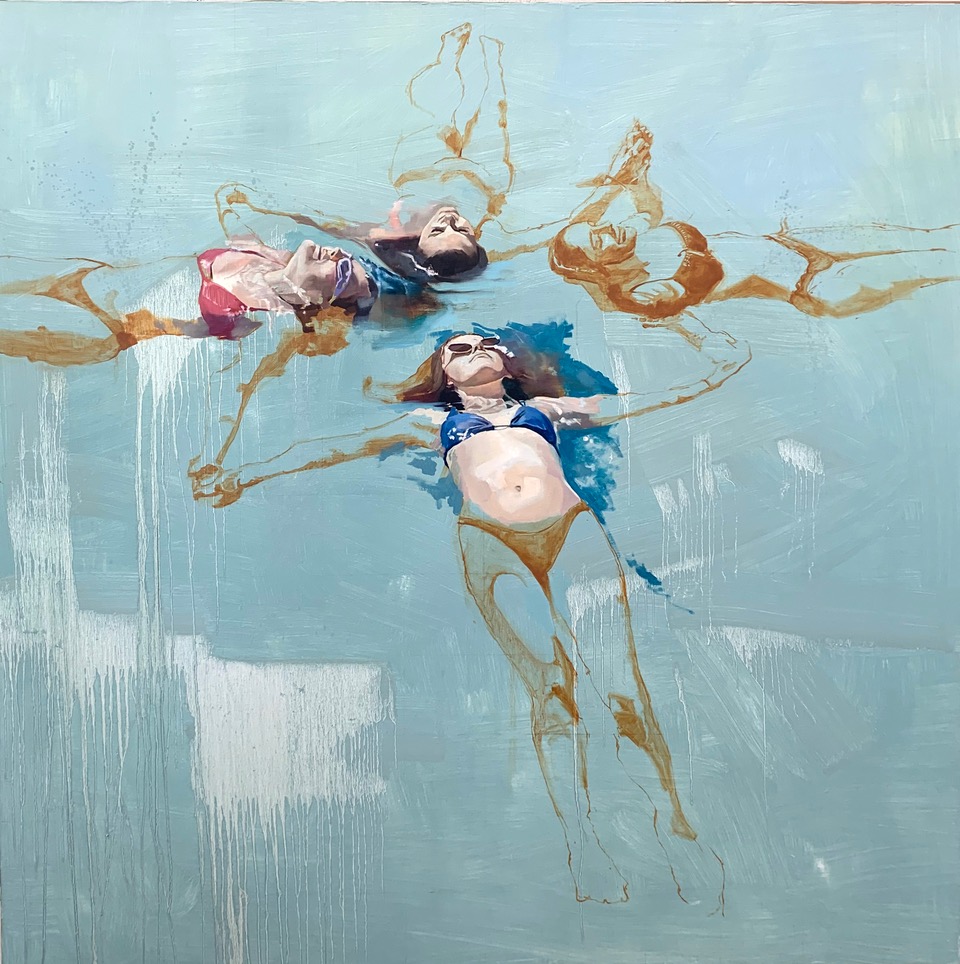
***
4. As I continue to add color, I pay attention to how the new marks and developing forms interact with the spontaneous marks of the blue ground below. In some cases, I choose to preserve the initial marks and drips. In other cases, the underlying marks became discordant and have to go.
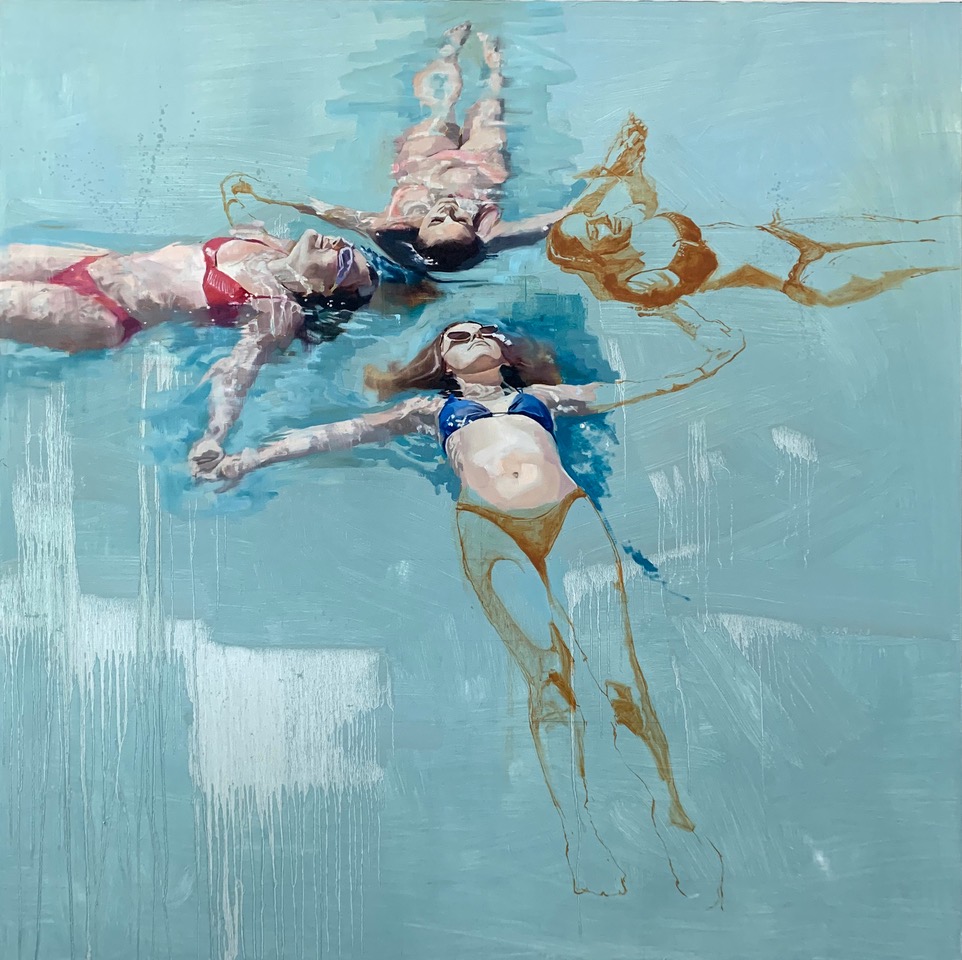
***
5. Critical to the success and feel of this image was the intersection of the flesh and water. I worked extremely quickly here, not overthinking my mark-making or the specificity of lights and shadows. With wet paint on both the flesh and surrounding water, I pulled dry brush strokes through and across all, breaking and distorting edges and contours, creating the illusion of water.

***
6. Returning to the water, I wanted to maintain an exciting, unpredictable surface that would be evocative of those very same qualities in water. I used large house painting brushes, lots of solvent, and many wipe-throughs with rags.
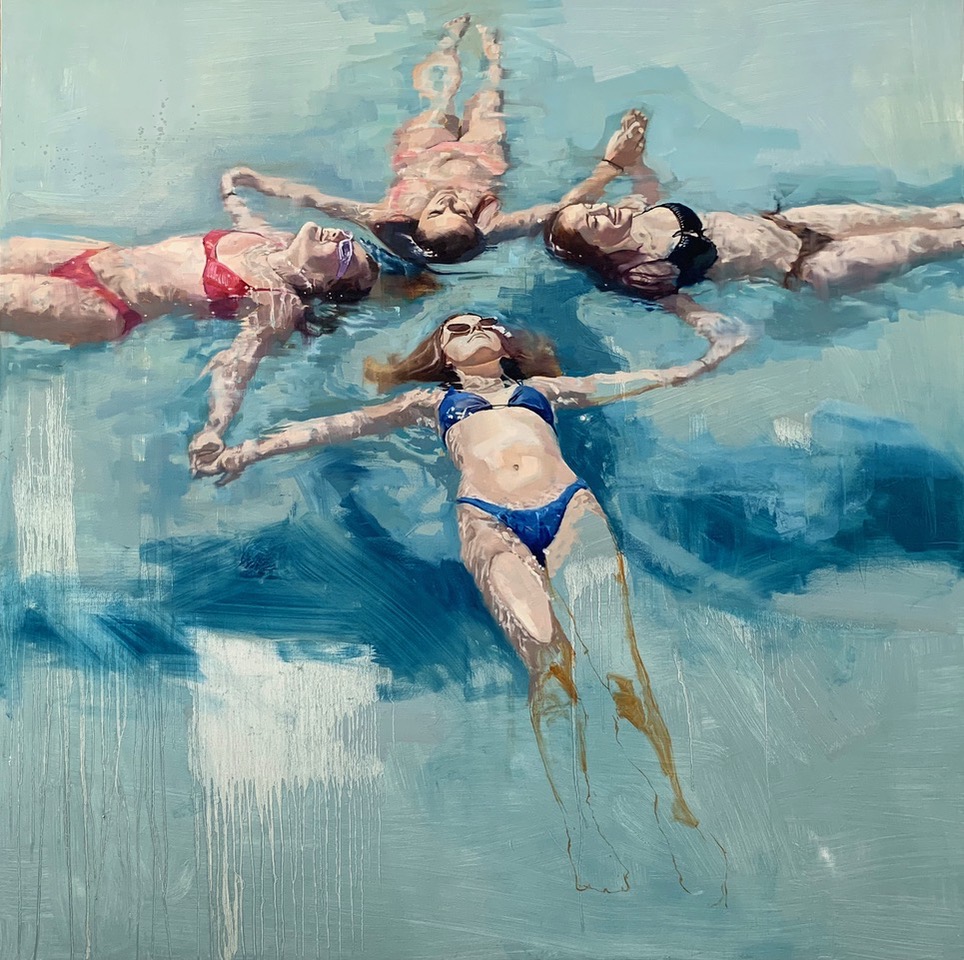
***
7. I always come back over edges no matter what I am painting, making sure I like the way the positive and negative shapes intersect and greet one another.
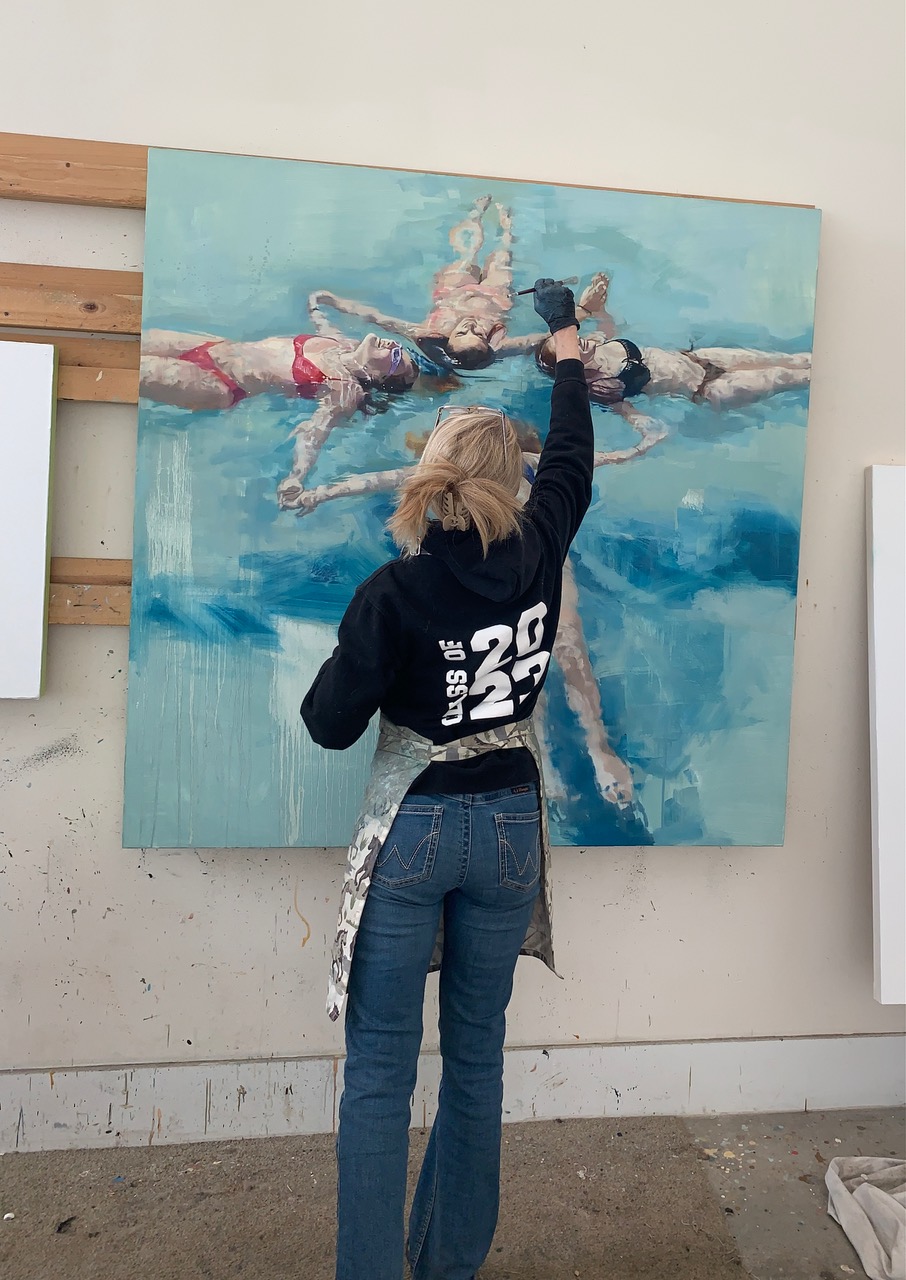
***
8. I strive for interesting surface tension in all of my paintings so some passages of paint are left thin and washy and others are built up to be thick and opaque.
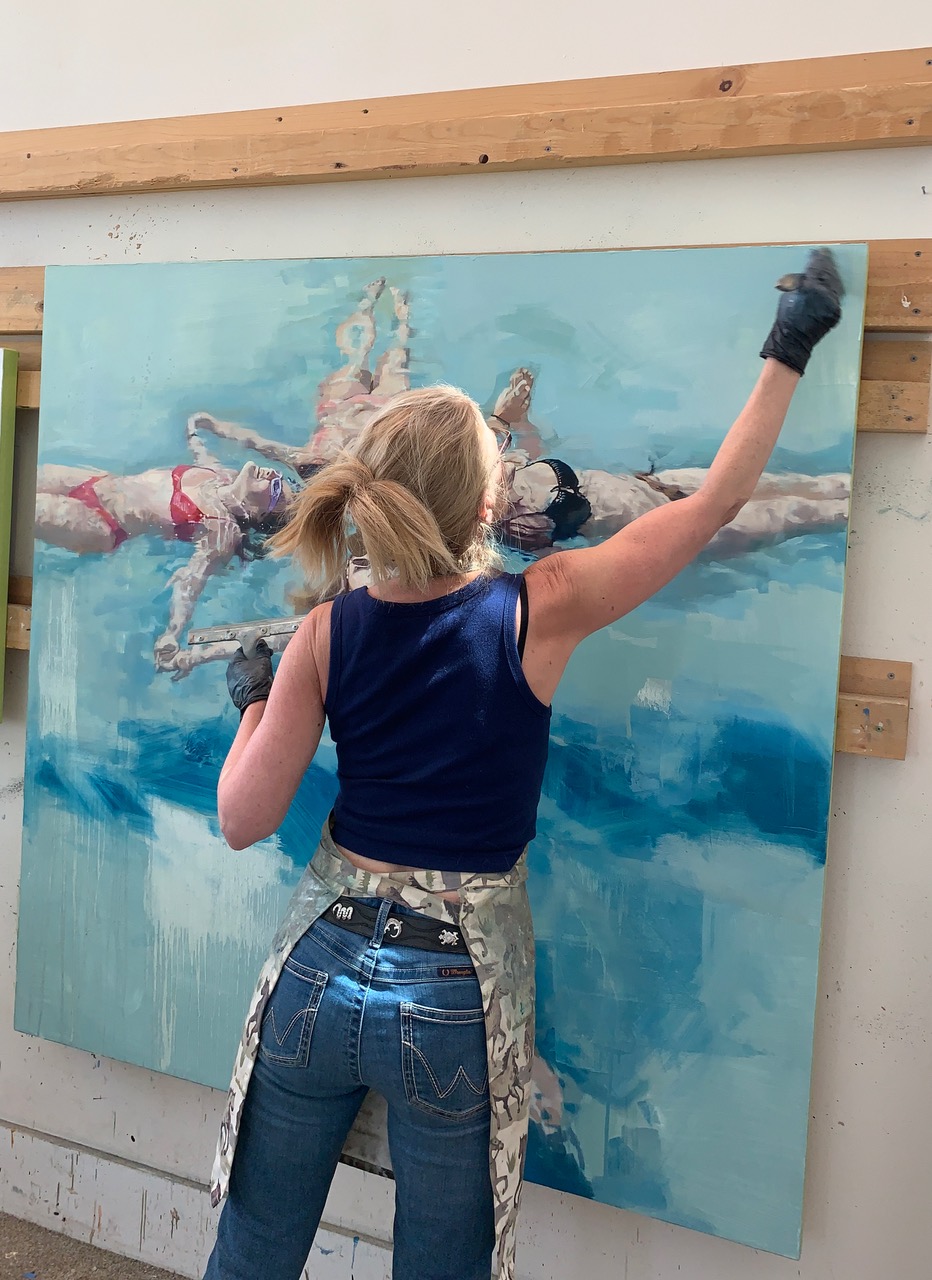
***
9. Knowing when a painting is finished is purely intuitive for me. It occurs when I hit the right combination of detail versus broad loose mark-making that opens the story up and leaves room for the viewer to bring their own experience to the image.
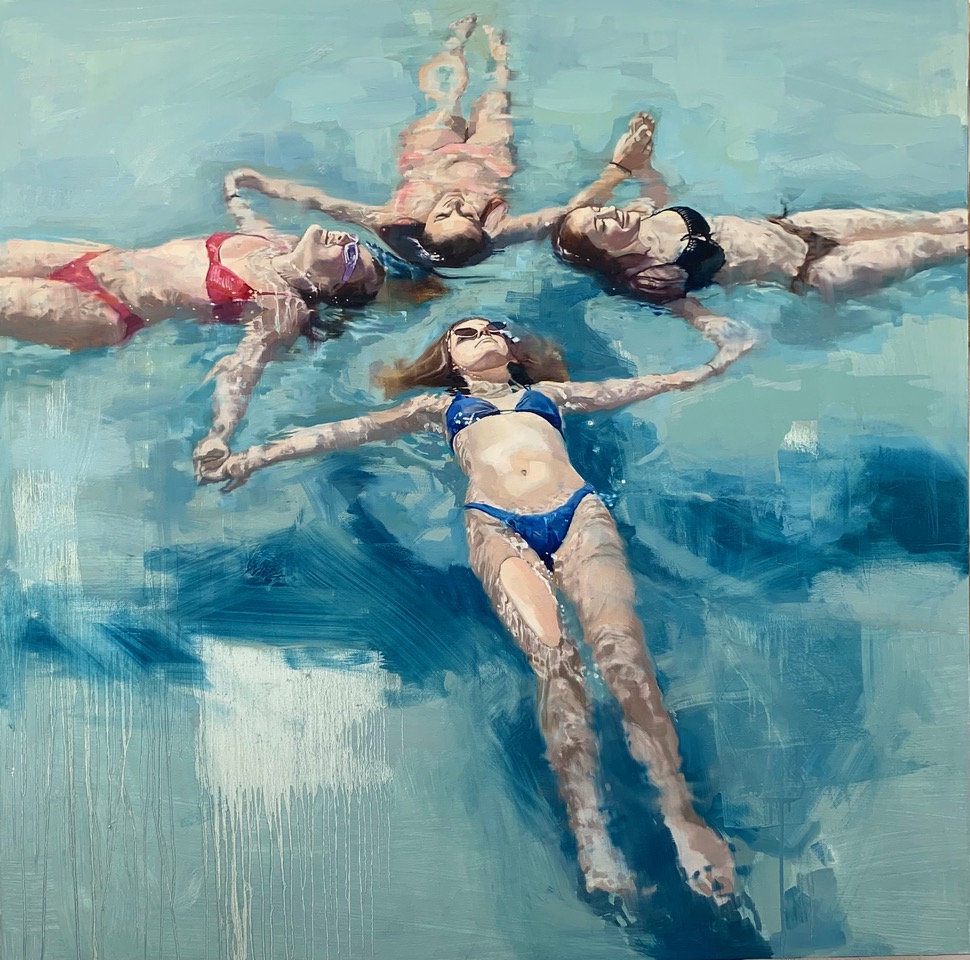
Browse more articles on figurative art and artists here at RealismToday.com.


